The hardest part of writing is sitting down to write.
Years ago, I watched a masterful literacy coach* tell my second grade students that ideas are like bubbles. They sat transfixed as she blew a stream of bubbles into the air and explained that our ideas could float away, just like those bubbles. She then presented them with sticky notes and made them promise to write their ideas down so they wouldn’t float away.
For me lately, the hardest part of writing has sitting down to write. Ideas have popped into my head over the past ten months, but I’ve let them all float away, just like those bubbles. No more! This month, this year, I’m committing to grabbing onto my ideas and holding on tight.
Getting Inspired: Elephants and Caldecotts
Last year I was introduced to the absolutely enthralling Elephants: A Book for Children by Steve Bloom (photographs) and David Henry Wilson. It captivated students and teachers alike with its stunning photographs and truly informative and surprising text. I’ve always liked elephants, but after reading this book, a number of us in our school community bordered on obsessed.
 Fast forward to December 2017 when I stumbled across Katherine Roy’s How to Be an Elephant in a list of Caldecott Medal contenders. Elephants and Caldecotts? Two of my favorite things! I ordered a copy and was rewarded with one of the best nonfiction titles I’ve read in long time. I was finally inspired enough to grab onto some ideas and write them down for you!
Fast forward to December 2017 when I stumbled across Katherine Roy’s How to Be an Elephant in a list of Caldecott Medal contenders. Elephants and Caldecotts? Two of my favorite things! I ordered a copy and was rewarded with one of the best nonfiction titles I’ve read in long time. I was finally inspired enough to grab onto some ideas and write them down for you!
Book Spotlight
If you’ve read my blog in the past year, you’ll know that in my book spotlights, I share a title and recommend some ways you might use the book. I believe text selection is a critical element to good instruction. My goal is helping you find the right book, right when you need it, for exactly the right skill or topic you need.
So onto the book!
How to Be an Elephant: Growing Up in the African Wild begins with the birth of new baby elephant. We follow as she learns…how to be an elephant! As she learns to walk, to use her sense of smell, to use the various functions of her versatile nose, and as she develops her vocabulary of sounds, we learn about each of those topics as well. Roy takes us through this elephant’s life, mixing the story of the baby elephant with expository spreads.
What really makes this book special are the illustrations. It’s definitely my pick for Caldecott! Roy juxtaposes beautifully broad-stroked illustrations of the baby elephant and her family with precisely detailed pictures, diagrams, close-ups, and cross-sections that teach about each aspect of the elephant’s life and body. The two illustration styles work perfectly together to help students navigate the two text styles: narrative nonfiction and expository text.

How can you use this book with students? While there are many options, several jumped out at me. Here we go:
Main Ideas and Text Structure
- The text follows a chronological/life cycle text structure. We begin with the birth of the female baby elephant and end with the birth of her son. I might use this book to both notice text structure and to analyze how text structure reveals the main ideas of a text.
- The headings of each section reveal the main topic of the section and should help students determine the main ideas of those sections. Students could then practice finding the main idea of the entire text by looking across the main ideas of each section.
- For students ready for a challenge: Why did the author choose to use a narrative nonfiction style alongside expository sections? What does this accomplish?
Text Features
- Each expository section is accompanied by a beautifully drawn text feature–often a diagram, close-up, or cross-section. Students could work to discuss how these features contribute to or clarify the accompanying text.
- Roy’s headings are often plays on words, but also often reveal more about the main idea of the section. Students could explore how the headings help them determine the main idea of the section.

Vocabulary
- Students will have lots of elephant-specific vocabulary that they’ll need to use context to define. I, for one, learned that elephants’ trunk whiskers are called “vibrissae.”
- Tier 2 vocabulary words are scattered plentifully across Roy’s descriptive text and will provide opportunities for teachers to work with students on adopting new vocabulary that will help them speak well about the topic. Think: grasping, amplification, nourishment, radiate, and vibrations.
Let’s Love on Some Nonfiction
If you don’t read How to Be an Elephant for any of those reasons, you should just read it for the love of reading. I don’t think kids ever get enough just-for-fun read alouds of nonfiction texts. (I also discovered another of Roy’s books, Neighborhood Sharks, which I can highly recommend for this purpose!) Also, get that other elephants book I mentioned. You won’t regret it.
To elephant obsessions and catching our idea bubbles before they float away,
Emily @pickofthelit
*My coach was Kate Franz. She’s brilliant. You should follow her.




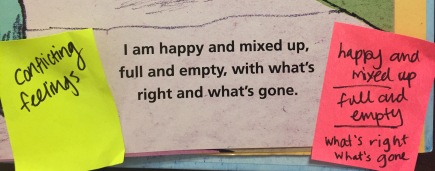
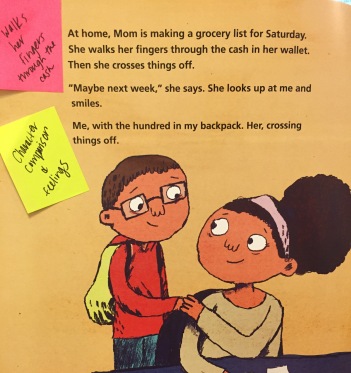

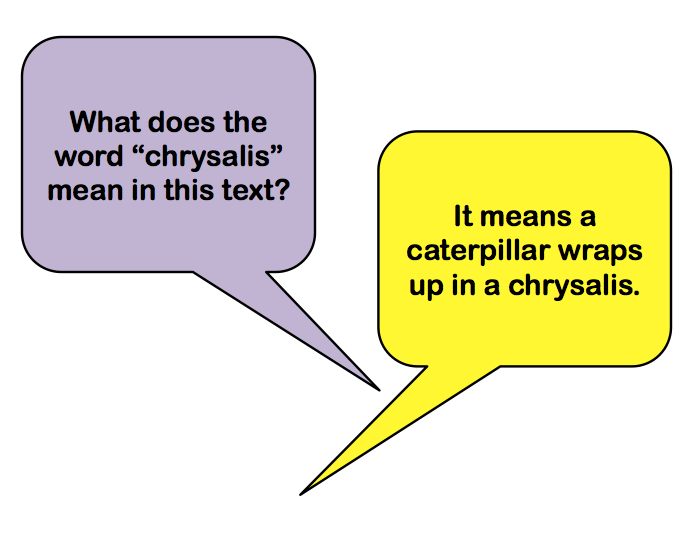








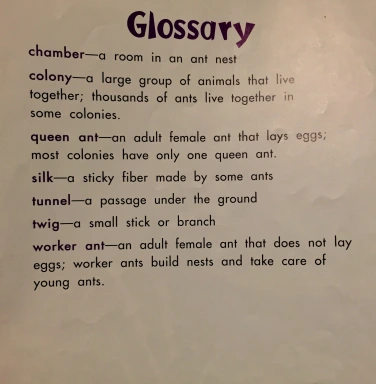
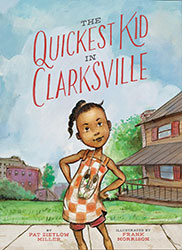


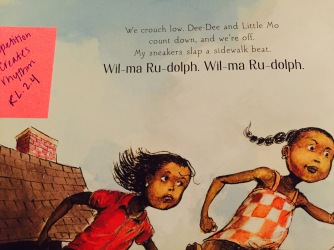 The author repeats the name “Wil-ma Ru-dolph. Wil-ma Ru-dolph,” every time the characters are running, giving their feet a beat. She also repeatedly uses two word fragments across different pages to create a mood and a sense of rhythm (“Arms moving. Legs grooving,” and “Bodies lunge. Feet tangle,” and “Feet dragging. Head hanging.”) This isn’t the easiest standard to match texts to and this book was positively made for it.
The author repeats the name “Wil-ma Ru-dolph. Wil-ma Ru-dolph,” every time the characters are running, giving their feet a beat. She also repeatedly uses two word fragments across different pages to create a mood and a sense of rhythm (“Arms moving. Legs grooving,” and “Bodies lunge. Feet tangle,” and “Feet dragging. Head hanging.”) This isn’t the easiest standard to match texts to and this book was positively made for it.